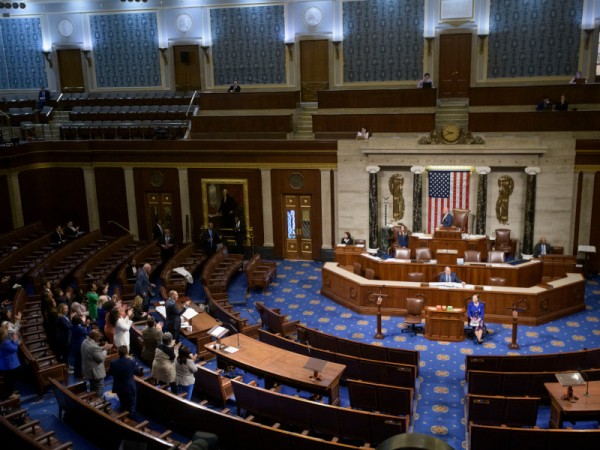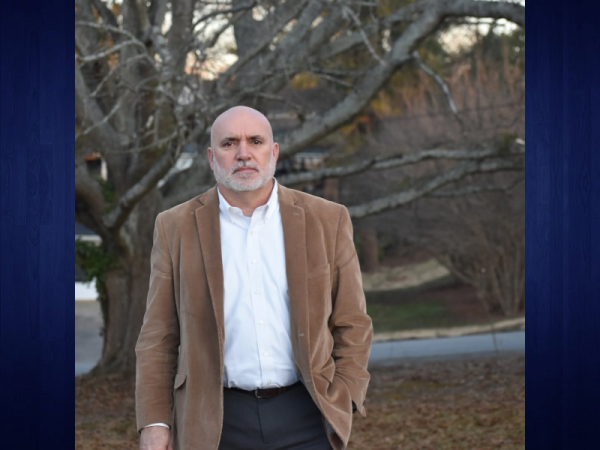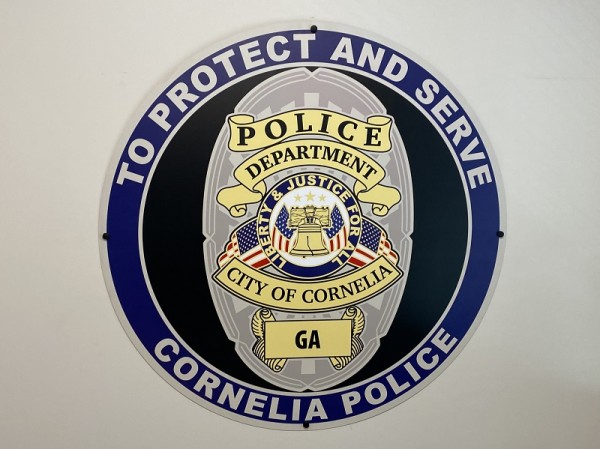GAINESVILLE - It was 70 years ago Thursday that a massive tornado laid waste to downtown Gainesville, killing more than 200 people and injurng hundreds. Jim Delong was walking to school - and he says when it was over, you could hardly walk across the downtown square because of the debris.
Delong says there was "tin and wood" and other debris covering the square.
Delong, a junior at Gainesville High School, was uninjured as was a friend who was with him, George Austin, a 14-year-old sophomore at GHS.
The pair were neighbors on Green Street. Both lived in the area nar Green and Candler Street. Austin had spent the night with Delong because his parents were out of town.
Both remember that there was nothing unusual about the morning as they prepared for school. It was warm and muggy, but the skies did not appear especially threatening. But a storm system that had spawned a tornado that killed about 200 in Tupelo, Mississippi, the night before was just minutes away from Gainesville.
Austin, now a retired Army colonel and former director of public works for the City of Gainesville, and Delong, a retired autombile dealer, had walked through the square and were near Maple Street, when they realized the weather was turning terribly bad.
"I first noticed the trees, swaying in the wind, and then I saw, or maybe I heard, one being twisted from its roots," Austin recalled in an interview in 1999. "That's when I knew something bad was coming."
The two friends turned and ran back toward town, though they were almost within sight of their school, which stood at the corner of Washington and Academy, across from the new Peach State Bank.
They say they were looking for shelter from the storm, but the first two store doors they tried were locked because, Delong says, "it wasn't nine o'clock yet and they weren't open." But one of their favorite hangouts, Imperial Pharmacy, with the "five-cent milkshakes," Austin recalls, was open.
Austin and Delong say they ran through the door and dove over the counter with other people as the twister descended on the square. They remember the store's door being blown out but the roof and the walls held as the storm roared through town.
When it was over, they went outside.
"I think was the first one out," Austin says, "and the first thing I saw was a pig wandering around the Civil War monument. I don't think anyone knows where it came from."
Both said there was no immediate sign of the deadly fires that broke out in the wake of the tornado, just destruction everywhere. But, soon they became evident.
One was in a pants factory in which around 70 people died.
Delong said it wasn't long before help from the outside began arriving. Somone, he says, made it to the railroad depot and found a working phone and called the Atlanta Journal-Constitution and asked people there to call the governor and tell him what had happened.
Both recall that in the days after the storm they helped ferry bricks, which arrived by the boxcarload, from the depot to downtown. Delong says his dad, who was in the automobile business, had a "GMC flatbed truck" which "we used to haul bricks to town." He says some of the bricks used to rebuild the city are still visible on the Washington Street side of the building now housing Saul's.
"Everybody pitched in," Delong says, "in helping."
Austin feels certain that if such a storm were brewing today that many lives would be saved "because people would have ample warning and would be able to get to a safe place" before it struck. He says it was not until after the twister that he learned the Imperial Pharmacy, in which he and Delong sought shelter, had a basement.
Delong says if anything good came out of the twister it is that many badly-constructed and delapidated buildings and homes that were destroyed or severely damaged were rebuilt with better materials and using better construction methods.
Austin and Delong commented in December 1999 as part of a series of programs on WDUN NEWS TALK 550 about significant events of the 20th Century that helped change the face of Gainesville and Hall County. Both are still alive today and still live in Gainesville. That program will be rebroadcast Sunday morning at 5:35 on WDUN and at 7:35 on SPORTS RADIO 1240 THE TICKET.
The 1936 tornado was not the first to cause a massive number of deaths in Gainesville. About 200 people also died in the early part of the century when a tornado struck another part of town. In addition, a number of far, far less severe twisters have hit the Gainesville area since then, the most deadly in 1998 in the North Hall area. That was also an early morning storm and, despite the advances in warning systems, struck without warning, killing 12 people in that part of the county.
The Northeast Georgia History Center, which has a permanent exhibit about the 1936 tornado, will host a forum Tuesday night at 7:00, which will include surviviors of the twister who will recount their experiences in living throught the disaster.
Thursday
July 3rd, 2025
9:47PM
















